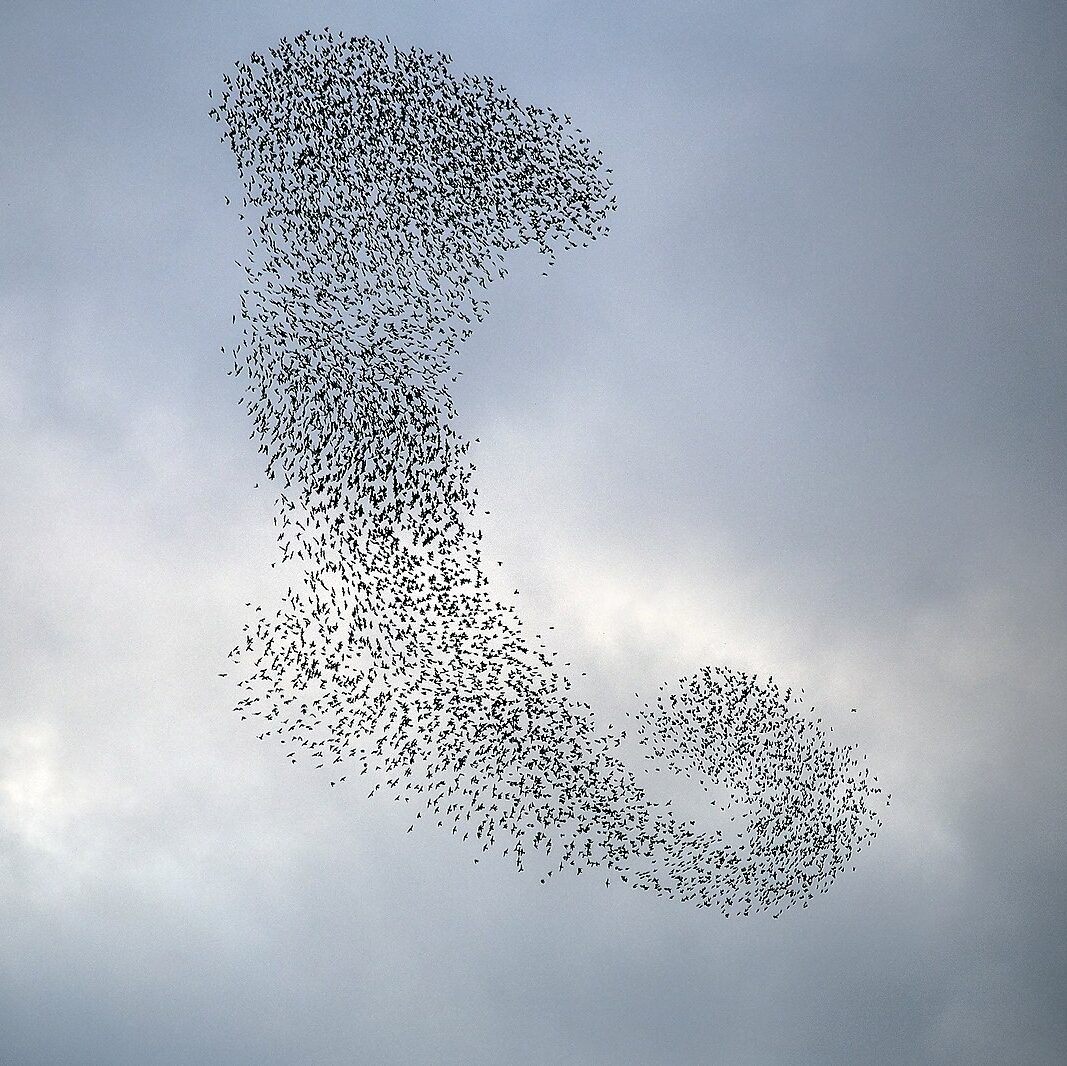It might seem that animistic beliefs—which prevailed prior to agriculture—would be about as far away from modern physics as possible. Yet, I find them to be rather compatible in a number of foundational ways. Allow me to elaborate. And don’t worry: it’s not about quantum mumbo-jumbo.
What is animism? While not a formal belief system, animists tend to view nearly everything in the world as being animated by spirits or forces beyond our capacity to fully comprehend. We can call these animating agents spirits or “the gods.” Animists live in the hands of the gods along with all other Life: not particularly special. These spirits not only move animals and plants, but also weather, landscapes, oceans, rivers, mountains, rocks, and soil.
Modern languages (reflecting a non-animistic worldview) objectify the world by being noun-dominated—which deeply affects how we think about the world. Animist languages, by contrast, are often verb-dominated (verbal people!), so that verbs are used to connote mountains, rivers, bays, trees, etc.—reflecting the sense that such beings are always in a state of motion and change. What we call a sand bar is “verbalized” as “to be a sand bar”—it is acting as a living, changing, life-interacting entity, or being. Note that the noun “being” itself carries an echo of animism, embodying this state of verbiness, as a variant of “be.” It’s a nounified verb.
An important tip-off as to how animism relates to physics is provided by Daniel Quinn in The Story of B, on page 136.
Animism looks for truth in the universe, not in books, revelations, and authorities. Science is the same. Though animism and science read the universe in different ways, both have complete confidence in its truthfulness.
Below, I outline five (connected) ways that animism meshes well with physics, mirroring a conversation I had with Derrick Jensen that you can listen to here. While very few scientists would volunteer that they have animistic leanings, these connections might make it easier to identify as such.
As an aside, I “privilege” physics here not only because that’s my own background, but because all other sciences appear to rest on (abide by) a physics foundation, often characterized by complexity that eludes first-principles formulations in the style of physics. One might say that chemistry is applied physics, biology is applied chemistry, etc. The word “science” may easily be substituted for “physics” in what follows.
Continue reading →Views: 3658










